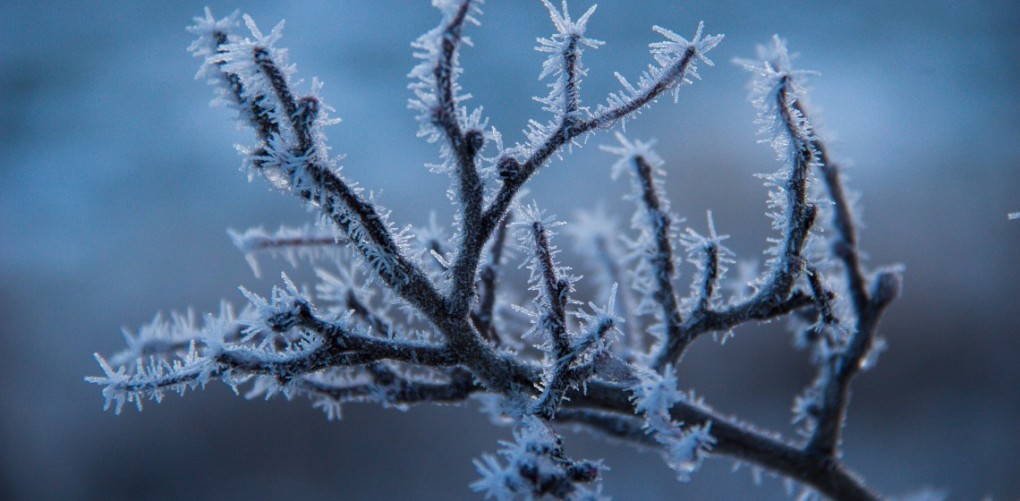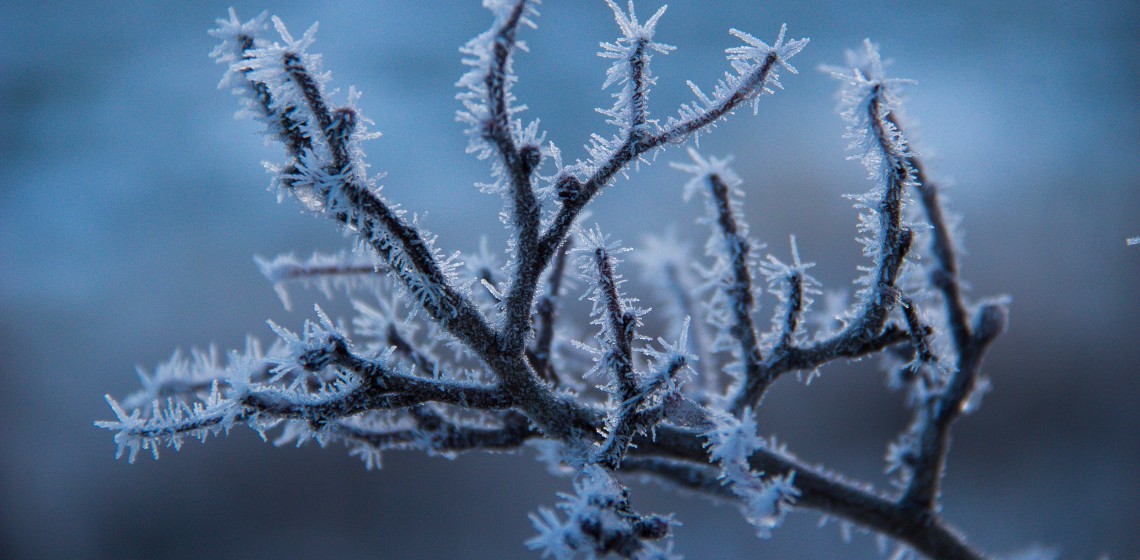Save Your Garden: Learn How to Predict Frost
If you live [in cold climates], it is important to get your vegetables harvested in time. Here are some tips on how to predict the arrival of frost. Protect your garden from frost by learning how to predict when a frost will come.
Be sure to look at frost dates for your area by clicking here for the U.S. Frost Chart and for the Canadian Frost Chart. You can also find out frost dates by using your zip code.
Remember that frost can vary greatly by microclimate. This is why it is good to not only pay attention to weather forecasts, but also watch out for specific signs that point to frost coming.
How To Predict Frost
Here are some factors to consider when the weather report says that there will be [a cold front]:
How warm was it during the day? If temperatures reached 75 F or 80 F, chances are there will not be frost that night.
Widget not in any sidebars
Is it windy? Nights that are still allow cold air to pool near the ground. A light breeze can stir things up, cold wind will sweep away air near the ground.
Is it cloudy? If the Sun sets through a layer of thickening clouds, these clouds could slow cooling and keep frost away.
Do not worry about a frost if the dew point (temperature at which water vapor condenses) is above 45 degrees on the evening weather report.
Gardens on slopes or high ground can often survive when cold air comes through, but gardens in valleys or hollows usually suffer the most because cold air tends to puddle there.
Yet plants that are close to the ground have a better chance of being protected by the warmth of the earth. Tall plants do not have this protection.
Difference Between Light Frost and Hard Freeze
Be sure to harvest basil and other tender herbs before a light frost (when temps drop to 32 F). Even if they survive it, these herbs do not do well in cold temperatures. The same is true for most annuals.
If you have geraniums, bring them indoors before the first light frost arrives. Keep them in a slightly moist room, in a sunny window. A kitchen is a great option.
Harvest all tender vegetables before a light [freeze]. This includes tomatoes, eggplants, peppers, beans, cucumbers, melons, spinach, okra, squash, and sweet corn.
You can also protect tender vegetables from light frosts by using row covers, old sheets, paper bags, or plastic.
For plants that can survive a light frost, add a heavy layer of mulch to keep the ground from thawing. This way you can still harvest late into the fall as long as the ground isn’t frozen. Vegetables that can survive include: broccoli, beets, cabbage, celery, lettuce, parsnips, swiss chard, leafy greens, and arugula.
Harvest plants that can survive a hard [cold front] last.
These include: carrots, garlic, horseradish, leeks, parsnips, radishes, and turnips.
Ariana Marisol is a contributing staff writer for REALfarmacy.com, where this article first appeared. She is an avid nature enthusiast, gardener, photographer, writer, hiker, dreamer, and lover of all things sustainable, wild, and free. Ariana strives to bring people closer to their true source, Mother Nature. She graduated The Evergreen State College with an undergraduate degree focusing on Sustainable Design and Environmental Science. Follow her adventures on Instagram.
Photo Credit:
Susanne Nilsson/flickr





